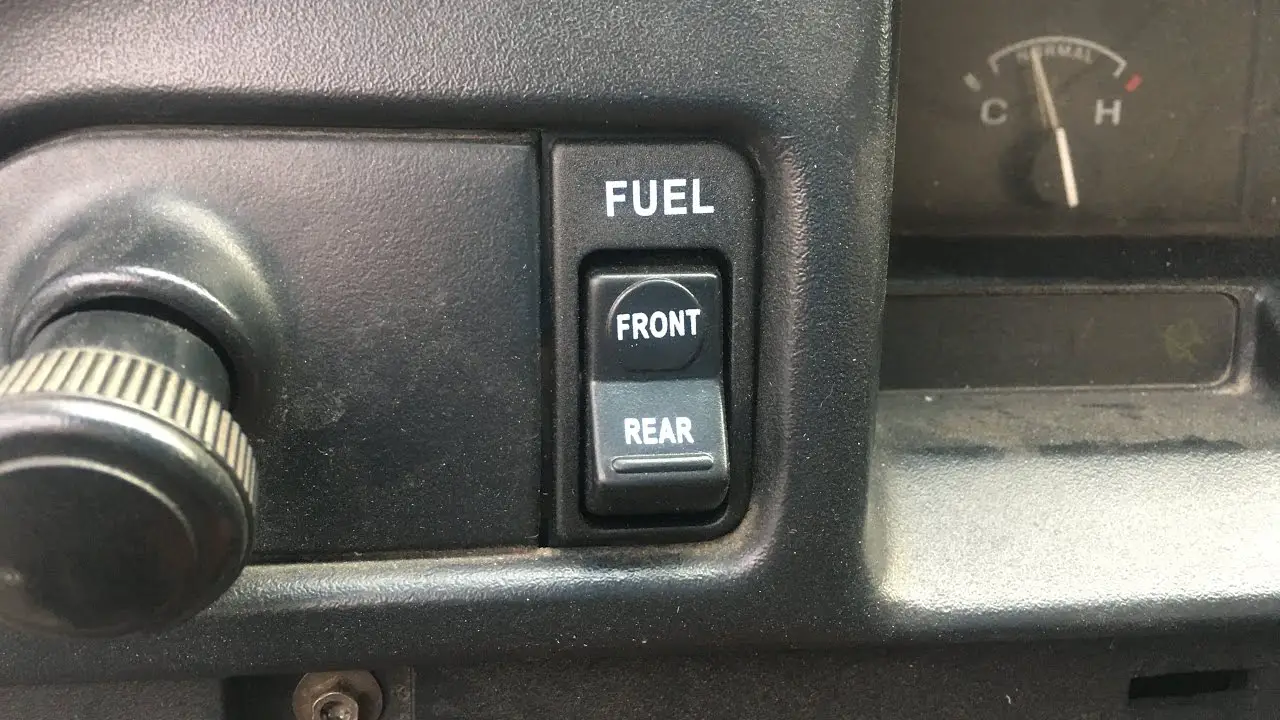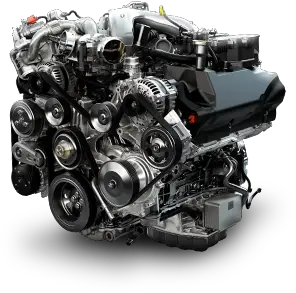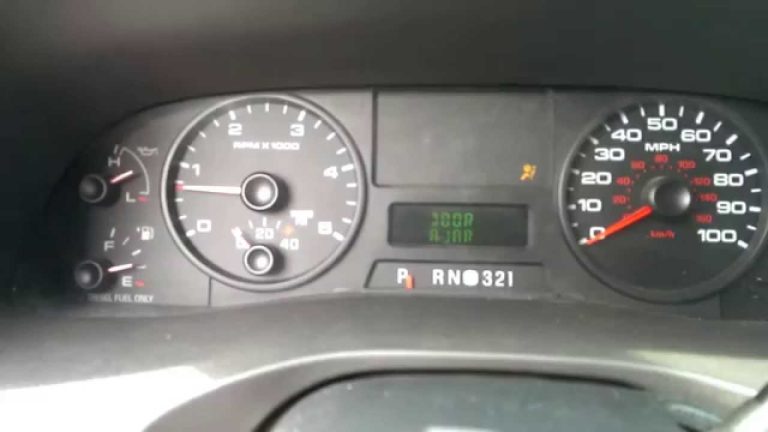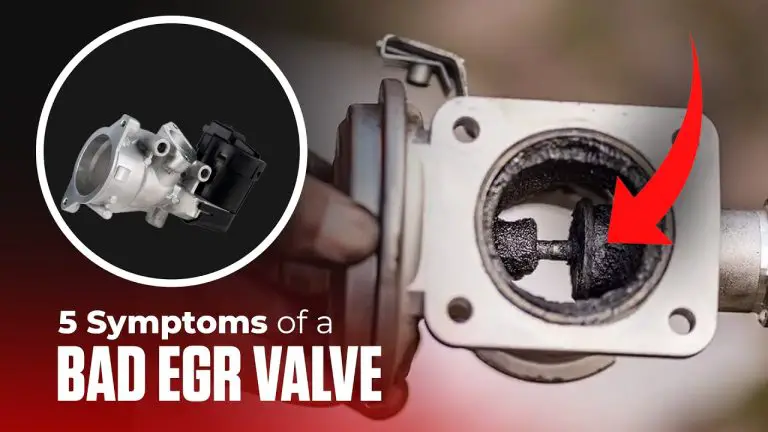Symptoms of a Bad Fuel Tank Selector Switch
As a crucial component in your vehicle’s fuel system, the fuel tank selector switch plays a vital role in ensuring the proper flow of fuel from the tanks to the engine. When this switch malfunctions, it can lead to a range of issues that can affect the performance and efficiency of your vehicle. In this article, we will explore the symptoms of a bad fuel tank selector switch and the potential implications of ignoring these signs.
What is a Fuel Tank Selector Switch?
The fuel tank selector switch, also known as the fuel tank selector valve, is responsible for controlling the flow of fuel from the multiple fuel tanks in vehicles equipped with dual tank systems. This switch allows the driver to choose which fuel tank to draw fuel from, typically using a dashboard-mounted control.
Most commonly found in trucks, vans, and some older model cars, the fuel tank selector switch helps in managing the fuel supply from different tanks, ensuring that the engine receives the required amount of fuel for optimal performance.

Credit: www.amazon.com
Symptoms of a Bad Fuel Tank Selector Switch
When the fuel tank selector switch starts to fail, it can manifest a range of symptoms that indicate a potential problem. Recognizing these signs is crucial in addressing the issue before it escalates and leads to more severe complications. Here are some common symptoms of a bad fuel tank selector switch:
1. Engine Stalling
A failing fuel tank selector switch may cause the engine to stall, especially when switching between fuel tanks or while driving. This occurs when the switch fails to deliver a consistent flow of fuel to the engine, leading to sudden stalling and potential safety hazards.
2. Fuel Leakage
Leakage around the fuel tank selector switch or the associated fuel lines can indicate a potential problem with the switch. This can lead to fuel wastage, a strong smell of gasoline, and in severe cases, pose a fire hazard. Any signs of fuel leakage should be addressed promptly by a qualified mechanic.
3. Inaccurate Fuel Gauge Readings
A malfunctioning fuel tank selector switch can result in inaccurate readings on the fuel gauge. This can lead to driver confusion regarding the actual fuel level in each tank, potentially causing fuel shortage issues and unexpected fuel system shut-offs.
4. Engine Misfire Or Hesitation
If the fuel tank selector switch is not directing fuel appropriately, the engine may experience misfires or hesitation during acceleration. This occurs when the engine does not receive a consistent and adequate fuel supply, impacting its overall performance.
5. Dashboard Indicator Lights
Sometimes, a failing fuel tank selector switch may trigger dashboard warning lights, such as the check engine light or a specific fuel system-related indicator. These lights serve as early warnings of potential issues and should prompt a diagnostic check to identify the root cause.
6. Difficulty Switching Between Fuel Tanks
A noticeable difficulty in switching between fuel tanks using the selector switch can signal an underlying problem. This can affect the vehicle’s ability to access fuel from all available tanks, leading to uneven utilization and potential fuel starvation.
Implications of Ignoring a Bad Fuel Tank Selector Switch
Ignoring the symptoms of a bad fuel tank selector switch can have detrimental effects on the vehicle’s performance, safety, and overall integrity of the fuel system. Some potential implications of neglecting this issue include:
- Increased risk of engine stalling, especially at critical moments such as highway driving or maneuvering.
- Higher chances of fuel leakage, which can pose fire hazards and environmental risks.
- Unreliable fuel level readings, leading to fuel shortages and unexpected shutdowns.
- Potential damage to the engine due to inconsistent fuel supply.
- Compromised fuel efficiency and increased operational costs.
Final Thoughts
The fuel tank selector switch is a critical component in vehicles equipped with dual tank systems, and its proper functioning is integral to the smooth operation of the fuel delivery system. Recognizing the symptoms of a bad fuel tank selector switch and addressing the issue promptly can help in preventing more severe consequences and ensuring the safety and performance of your vehicle.
If you experience any of the aforementioned symptoms or suspect a problem with your fuel tank selector switch, it is advisable to consult a certified mechanic for a thorough inspection and necessary repairs. By addressing these issues proactively, you can maintain the reliability and efficiency of your vehicle’s fuel system.
Frequently Asked Questions On Symptoms Of A Bad Fuel Tank Selector Switch
What Are The Common Symptoms Of A Bad Fuel Tank Selector Switch?
A bad fuel tank selector switch can cause issues like engine sputtering and stalling, difficulty starting the vehicle, and erratic fuel gauge readings.
How Can I Diagnose A Faulty Fuel Tank Selector Switch?
To diagnose a faulty fuel tank selector switch, you can perform a visual inspection, test the switch for continuity using a multimeter, and check for any error codes using a diagnostic scan tool.
Is It Safe To Drive With A Malfunctioning Fuel Tank Selector Switch?
It is not recommended to drive with a malfunctioning fuel tank selector switch as it can lead to unpredictable fuel supply, potentially causing unsafe driving conditions and potential damage to the vehicle’s engine.
What Are The Potential Risks Of Ignoring A Bad Fuel Tank Selector Switch?
Ignoring a bad fuel tank selector switch can lead to reduced fuel efficiency, engine misfiring, fuel leaks, and even the risk of being stranded if the switch fails completely.







